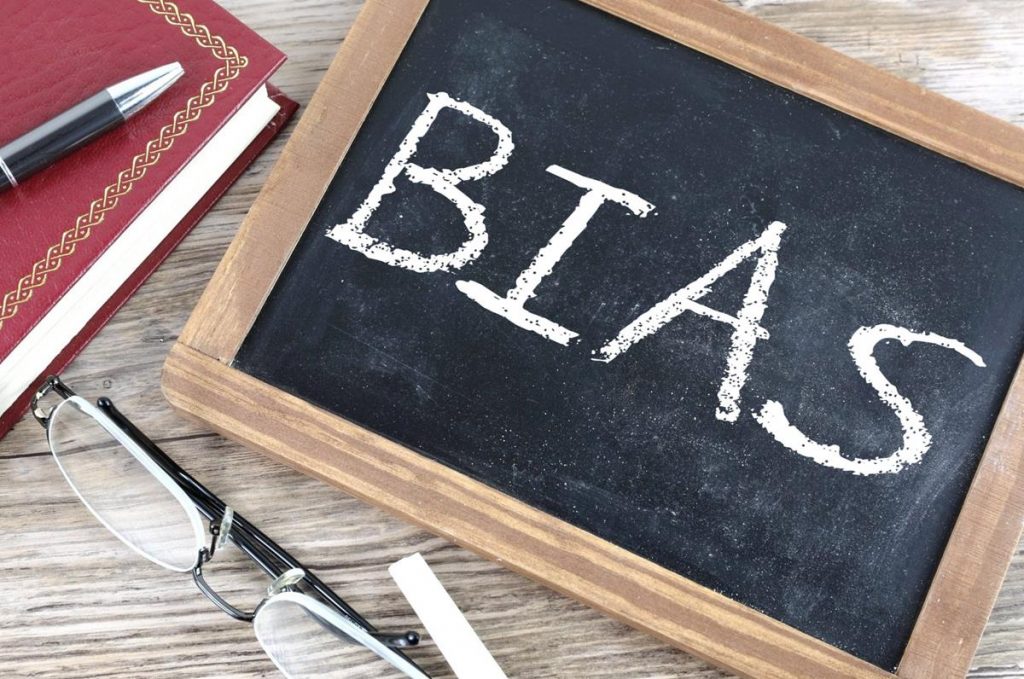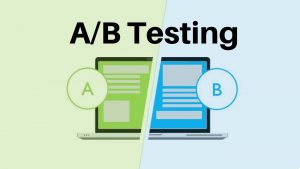
In the digital age, social media platforms have become a vital source of information, connection, and community for millions of users worldwide. However, they also harbor significant biases that can skew perceptions, limit exposure to diverse viewpoints, and propagate misinformation. Understanding these biases is essential for both users and platform developers who seek to foster a more balanced online environment. This post will explore the various types of biases that exist on social media platforms, the cognitive mechanisms behind them, and actionable strategies to overcome these biases.
Understanding Social Media Biases
Social media biases primarily stem from user interactions rather than the platforms themselves. According to researchers at Indiana University, the initial connections users make on these platforms significantly influence the content they see and share. For instance, if a user’s first connections lean towards a particular political ideology, their social media experience can become homogenized, leading to exposure primarily to content that reinforces their existing beliefs.

The Role of Initial Connections
The phenomenon of initial connections can create a “snowball effect” where early choices about whom to follow have lasting consequences. Users with right-leaning initial friends, for example, may find themselves embedded in networks that expose them to low-credibility content that aligns with their views. This is a critical insight because it highlights how the early stages of a user’s social media journey can shape their entire experience.
This bias can be explained through several cognitive biases:
- Confirmation Bias: Users tend to engage with content that aligns with their beliefs, reinforcing their initial ideologies.
- Social Proof: Information shared by connections is often trusted more than information from unknown sources, giving early influencers disproportionate power.
- Availability Cascade: Repeated exposure to certain viewpoints makes them seem more credible, regardless of their accuracy.
To counteract these biases, users should actively seek to diversify their information sources and connections. This can be as simple as following accounts that represent different viewpoints or engaging with content that challenges their beliefs.
The Impact of Cognitive Biases
Cognitive biases are mental shortcuts that can distort our perception of reality. On social media, they can lead to the rapid spread of misinformation and reinforce existing biases. Some of the most prevalent biases include:

- Confirmation Bias: This bias leads individuals to favor information that confirms their existing beliefs. For example, if a user believes in a particular conspiracy theory, they are likely to engage with content that supports that theory while ignoring contradictory evidence.
- Availability Bias: Users often believe information that is easily recalled, which tends to be sensational or frequently shared. This can lead to misinformation going viral, regardless of its accuracy.
- Social Proof: Users are inclined to trust information shared by their connections or content that has received high engagement. This can amplify both accurate and inaccurate information within social networks.
- Anchoring Effect: Initial exposure to a piece of information can disproportionately influence subsequent judgments, even if the initial information is irrelevant or inaccurate.
To combat these biases, social media literacy programs are increasingly focusing on teaching users to recognize and mitigate their own cognitive biases. Some platforms are experimenting with features that encourage users to read articles before sharing them, or that provide additional context for potentially misleading content.
Strategies to Overcome Social Media Biases
1. Diversify Your Connections
One of the most effective ways to combat social media biases is to diversify your connections. By following a range of accounts that represent different viewpoints, you can expose yourself to a broader spectrum of ideas and information. This not only enriches your understanding of various topics but also helps to mitigate the effects of confirmation bias.

2. Engage with Varied Content
Actively seek out content that challenges your beliefs. This could mean following journalists, thought leaders, or influencers who represent perspectives different from your own. Engaging with varied content can help to break the echo chamber effect that often occurs on social media.
3. Be Mindful of Algorithms
Social media platforms often use algorithms to curate content based on user preferences. While this can enhance user experience, it can also reinforce biases by limiting exposure to diverse viewpoints. To counteract this, regularly review your feed and consciously engage with content that falls outside your usual interests.
4. Educate Yourself on Misinformation
Understanding how misinformation spreads on social media can empower you to critically evaluate the content you encounter. Familiarize yourself with common tactics used to spread false information, such as sensational headlines or emotionally charged language. This awareness can help you navigate your social media experience more effectively.
5. Use Decentralized Platforms
With the rise of decentralized social media platforms, users have more control over their data and content. Platforms like Mastodon, Lens Protocol, and Pixelfed prioritize user privacy and allow for a more open exchange of ideas. By exploring these alternatives, you can engage in discussions free from the biases often found on centralized platforms.
6. Participate in Social Media Literacy Programs
Many organizations and educational institutions offer social media literacy programs aimed at teaching users how to identify and combat biases. Participating in these programs can equip you with the tools necessary to navigate the complex landscape of social media more effectively.
The Future of Social Media: A Call for Change
As social media continues to evolve, the need for a more balanced and informed online environment becomes increasingly urgent. Both users and platform developers have a role to play in fostering this change. Users can take proactive steps to diversify their connections and engage with varied content, while developers can implement features that encourage critical thinking and expose users to a wider range of perspectives.

At Sociobo, we understand the importance of building a credible and influential social media presence. Our exclusive program leverages the concept of social proof aggregation to enhance your brand’s visibility and authority across various platforms. By utilizing our services, you can attract genuine engagement and followers, helping to create a more balanced and diverse online community.
Overcoming social media biases is not just about individual responsibility; it requires a collective effort to create a more informed and balanced online landscape. By diversifying your connections, engaging with varied content, and utilizing platforms that prioritize user control and privacy, you can take meaningful steps toward mitigating the effects of bias in your social media experience.
As you navigate the complex world of social media, consider how Sociobo can support your journey. Our program is designed to help individuals and businesses leverage social media effectively, enhancing your brand’s credibility and influence. Explore our services today at Sociobo.com and take the first step toward a more impactful social media presence.
In this age of information, let’s work together to ensure that our social media experiences are as diverse and enriching as the world around us.






No comment yet, add your voice below!